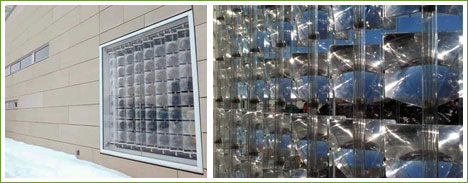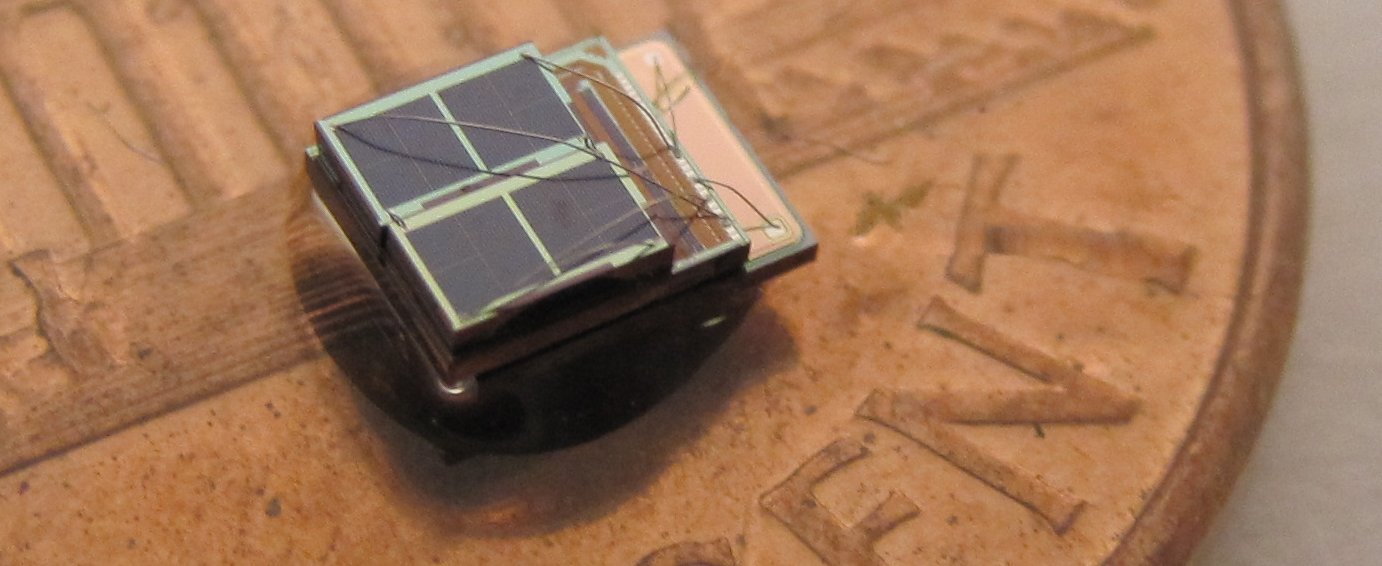Monday, March 15, 2010, 04:24 PM
Posted by Administrator
Posted by Administrator

The machine by UK company Xeros Ltd uses 3mm-long nylon beads that can get into all crevices and folds of clothing and absorb stains and dirt. Stephen Burkinshaw, a polymer chemist at Leeds University, discovered that nylon beads at 100 percent humidity could attract stains away from clothing and into the center of the beads, preventing any re-deposit back onto the clothes.
The machine uses a small amount of water to dampen the clothes and to reach the right humidity level, then the drum is flooded with the beads. When the cycle is complete the beads drain away with the water to be reused hundreds of times.
Due to the very small amount of water used, drying is also greatly reduced saving even more energy.
Follow the related link below to learn more.



 Calendar
Calendar




